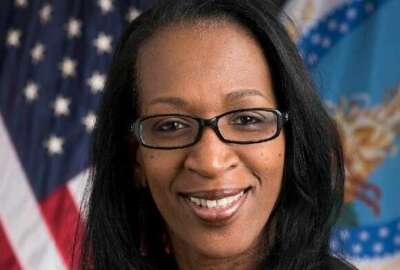
Telework on life support?
Before the coronavirus, teleworking in the federal government, after more than a decade of steady growth, hit a major speed bump -- the Trump administration!
Before the coronavirus changed e-v-e-r-y-t-h-i-n-g, teleworking in the federal government, after more than a decade of steady growth, had hit a major speed bump: The Trump administration!
After the last election, teleworking programs that had been pushed by Congress and federal unions came under new management. The administration examined the various programs. Many were in the process of being pruned or under review. Unions that had enjoyed free office space in federal agencies for decades were evicted or restricted to much tighter quarters. The number of civil servants teleworking, and the number of days they worked from home, were cut in some agencies or in the process of being reduced to token status when along came COVID-19. Teleworking went from a shrinking program to a big time operation almost over night. But there is no guarantee it is here to stay.
Working from home right now is bigger than ever. Tens of thousands have expanded their teleworking time. Others have been furloughed with pay because of the pandemic. But things are almost certainly about to change again. Even before there is a serious contender vaccine or solid evidence that the virus has been contained, agencies are recalling furloughed (non-teleworking) employees back to the office. Once the coronavirus pandemic is contained — assuming it ever will be — and depending on the political situation, teleworking could be back on the chopping block.
Its impossible to tell the actual motives of anti-teleworkers. Some, maybe many, actually believe the public is better served when civil servants are at the workplace. Others claim — or suspect — that many teleworkers are doing other things, from taking care of their own kids to running mini-day care centers or doing chores on government time. Others truly feel that the interaction and energy of a office full of human beings serves the public better than a fed, sitting at home alone, watching TV legends Kelly Ripa and Ryan Seacrest while processing tax or Social Security forms.
Many suspect that the war against teleworking is part of the administration effort to cutback the influence and appeal of federal unions. The vast majority of non-postal federal workers do not belong to, or pay dues to, any union. Many would be hard pressed to name the union that has bargaining rights in their agencies. Since unions (with few exceptions) can’t bargain over wages or hours — staples in the private sector — they have to concentrate on working conditions, like health, safety and teleworking.
The Trump administration — even some supporters admit — has been petty and picky with federal unions.
Unions on the other hand have a decades long track record of supporting Democratic presidential candidates. Most seem to have abandoned a decades long practice of backing a few influential House and Senate Republicans, while giving most time, attention and PAC money to Democrats. At one time unions had ties with key Republicans, like Frank Wolf and Tom Davis in Virginia, who helped them get pay raises when Republicans — Bush 1 and Bush 2 — held the White House. Their GOP allies worked alongside House leaders like Steny Hoyer (D-Md.) and the late Elijah Cummings when Bill Clinton and Barack Obama were in the White House and Democrats controlled Congress.
Part of the problem may be the focus — in both parties but especially with the president — on Washington as the enemy, the swamp! This despite the fact that the vast majority of federal and postal workers — and retirees who also vote — live, work and, yes, vote beyond the beltway.
The vast majority of feds are not D.C. swamp rats. They — whether drones or lesser known versions of Dr. Anthony Fauci — live and work (and telework) in real government towns. Like Norman, Oklahoma, or Huntsville, Alabama, or Ogden, Utah, etc.
Once this is over, or at least temporarily tamed, solving the “problem” of government workers who telecommute should be way, way down on the list of things to solve first.
Nearly Useless Factoid
By Alazar Moges
31 of the 45 men who’ve served as President of the United States have served in the military
Source: USO
Copyright © 2025 Federal News Network. All rights reserved. This website is not intended for users located within the European Economic Area.
Mike Causey is senior correspondent for Federal News Network and writes his daily Federal Report column on federal employees’ pay, benefits and retirement.
Follow @mcauseyWFED
Related Stories

USDA tested enhanced telework before coronavirus made it unavoidable




